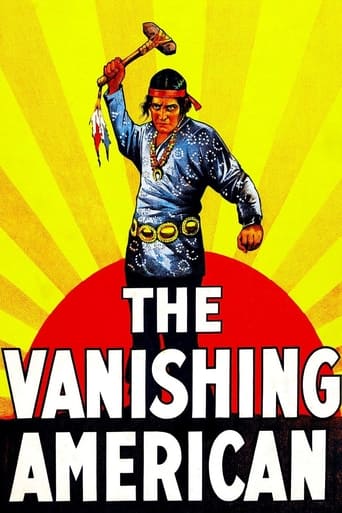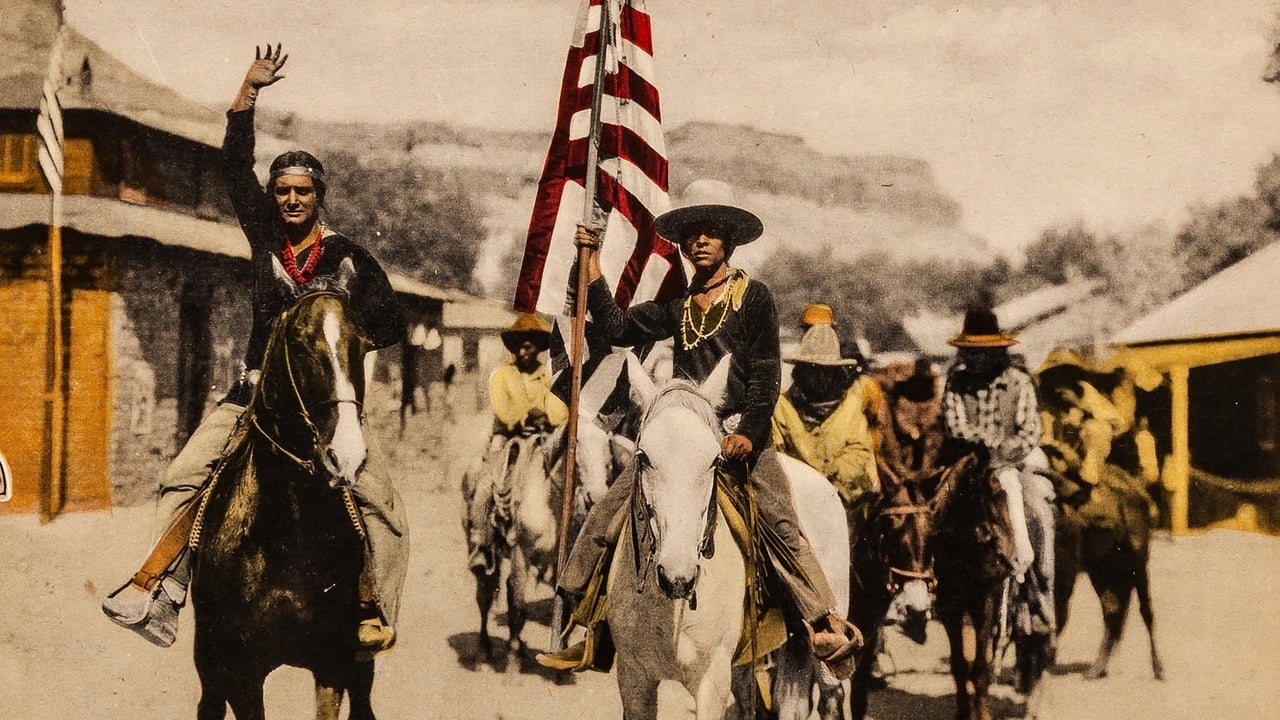Richard Chatten
The star of this film, Richard Dix, doesn't actually appear until half an hour in, the first quarter of this film version of Zane Grey's book comprising a superbly photographed prologue set in Monument Valley introducing us to various settlers over the centuries, starting with a couple of VERY early humans resembling those at the start of '2001', later followed by cave-dwellers spectacularly laid siege to by Indians in the film's most visually impressive sequence (the first of several staged with great use of mass formations by serial king George B. Seitz). The Indians in their turn come to grief at the hands of the conquistadores in 1540 and three hundred years later, Kit Carson. All this happens in the first half hour!!The films then unfortunately slows down considerably, as Dix and various others have their eye caught by comely schoolteacher Lois Wilson, of whom dastardly Noah Beery serves to personalise - and thus deflect responsibility from - white America's subjugation of the indians, including seizing their land while they were away serving Uncle Sam on the Somme. Actually, as Britain's example shows, veterans of The Great War from whatever background were prettily shabbily treated once their usefulness was at an end.
wes-connors
Film adaptation of Zane Grey's western story "The Vanishing American"; once upon a time; this was considered a very sympathetic "History of the Indian Race". Presently, it's worth is much more subjective; it would be entirely appropriate for modern viewers to take offensive, especially Native Americans.The film's highlight is the opening prologue; for its time, a very nicely researched, and extraordinarily photographed, history of Native Americans. Edgar Schoenbaum and Harry Perry are the cinematographers capturing Monument Valley, the Grand Canyon, and other places looking exquisitely beautiful. Some of the footage seems excitingly authentic, for example, the "Cliff Dwellers" segments.As the film jumps to the present, Richard Dix (as Nophaie the Warrior) emerges as the "hero"; arguably, he neither looks nor acts like a real Native American. The "epic" story becomes a decidedly more boring tale involving horse thief Noah Berry (as Booker). There is a lovely white woman, of course, to turn Dix' head; she's Lois Wilson (as Marion Warner). Ms. Wilson also converts Mr. Dix to Christianity; and, he is certainly not a hard sell. ***** The Vanishing American (10/15/25) George B. Seitz ~ Richard Dix, Lois Wilson, Noah Berry
MartinHafer
Okay, it is very possible to quibble with this film if you are too wrapped up in political correctness. Sure, it's a real shame that the film starred the white actor, Richard Dix, in dark paint as the Indian lead in the film. However, having White actors play Indians was pretty much the rule up to the 1960s, so I could easily overlook this. And, the beginning of the film can seem a tad preachy and irrelevant (though I liked it, Leonard Maltin's Guide knocked this section of the film). However, given that the film was made in the rather racist 1920s (when the KKK was on the rise and one of the strongest political forces in America), it is a truly amazing and transcendent film that definitely deserves to be seen and appreciated. Unlike the typical cowboy movie of the day, the Indians in the film are neither blood-thirsty savages nor are they simple-minded. Instead, the are uniformly shown as decent Americans who want a fair shake and a part of the American Dream. In fact, their desire to become TRUE Americans and their love of their country make this a great patriotic film. While based on all the horrible injustices they received in the film, their fundamental decency seems amazing.In addition to excellent acting, writing and direction, special attention must be focused on the spectacular and breathtaking cinematography--especially towards the beginning of the film. The scenes of the Grand Canyon are among the most beautiful ever filmed during the silent era and are in many ways reminiscent of moving versions of Ansel Adams photos. The film is a true work of art.
Snow Leopard
This excellent movie far transcends its own genre, with a resourceful and detailed production that makes for a worthy treatment of some thought-provoking themes. Adapted from the Zane Grey novel, it easily does justice to the interesting story, but it is much more than just a good melodrama. Ambitous in its scale, in its time-span, and in its themes, it puts the main story into a context that is as interesting to watch as it is challenging to many of the common conceptions about the history of the American West.The main story features Richard Dix as a Native American on a reservation, who must contend with a wide range of persons from the 'white' races. Dix succeeds in making his character interesting, believable, and sympathetic. In particular, he does well with portraying the inner torment and longings of a perceptive and capable man who is forced by his environment to keep a lot of things inside.The 'white' characters work well, and they are well-chosen so as to avoid a simplistic portrayal of those who went west. Noah Beery plays the villainous Booker effectively, making his ill intentions clear even when his character is at his most charming, yet at the same making it believable that such a reprehensible character could so often gain the upper hand. Lois Wilson is rather meek, but she works well with Dix in the relationship that is at the center of the story.All of that would be good enough (and it doesn't even mention the beautiful scenery and photography in Monument Valley), but what makes the movie even better is that it is set in a broader context, which places the lengthy, heart-rending clash of cultures in the American West into a sweeping, far more comprehensive picture of the unending struggle of human cultures and societies as they rise and fall through the centuries. It balances a number of perspectives, and believably shows how complex the interplay between different cultures can be.The lengthy prologue, often detailed and interesting in itself, paints a convincing and often harrowing picture of the nature of human societies in their struggles and rivalries through the ages. It adds a depth rarely seen to the eventual conflicts between the expanding USA and the Native American nations, and even if it were made today, it would be a bold statement that challenges stereotypes of all kinds. True indeed is the movie's theme that human cultures come and go, and that those standing strong today will someday pass away, with only the earth itself remaining always.This movie surely deserves to be much better-known, for its top quality production of some often challenging material, its interesting story, and its themes that are worthy of careful and honest consideration. If it were filmed today, some of the details would probably be handled differently, but that is to a large degree a matter of style or fashion. The specific details are far less important than the movie's impressive depth and quality.


 AD
AD


